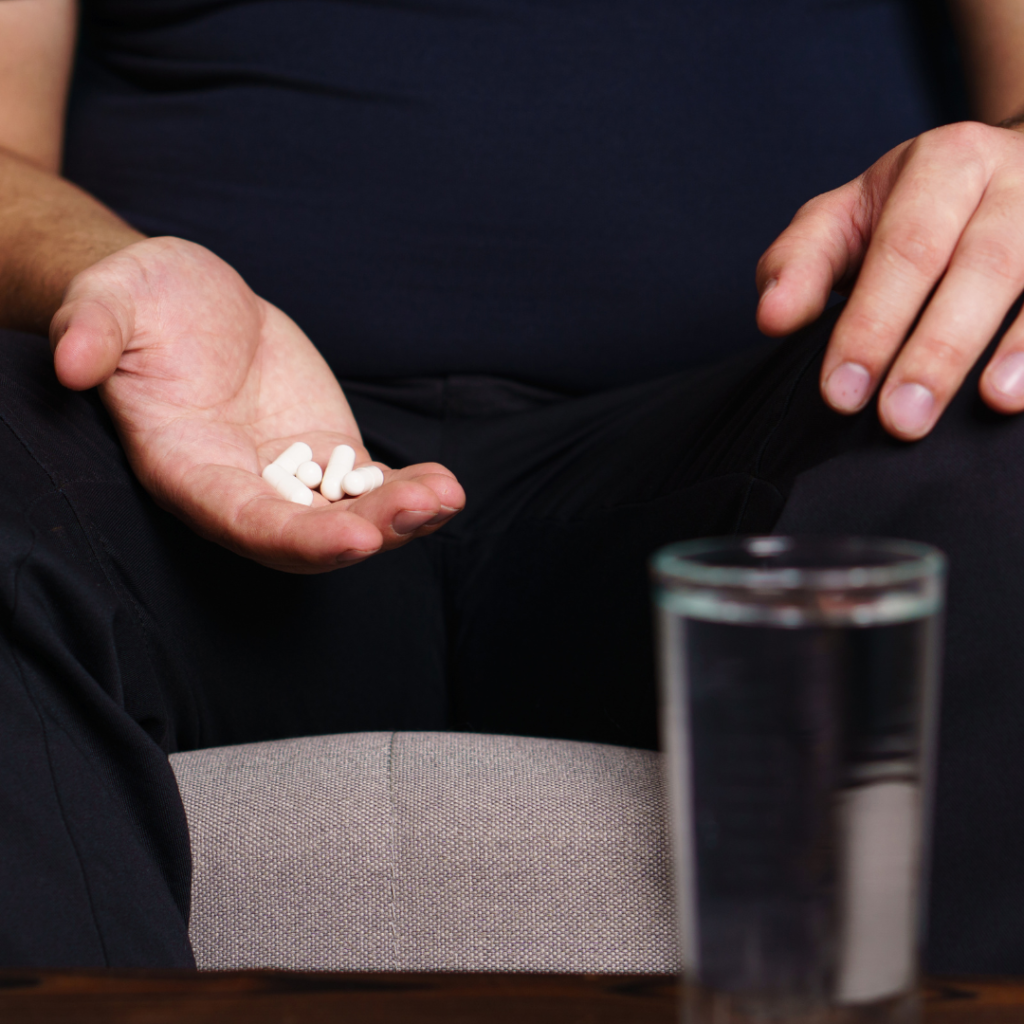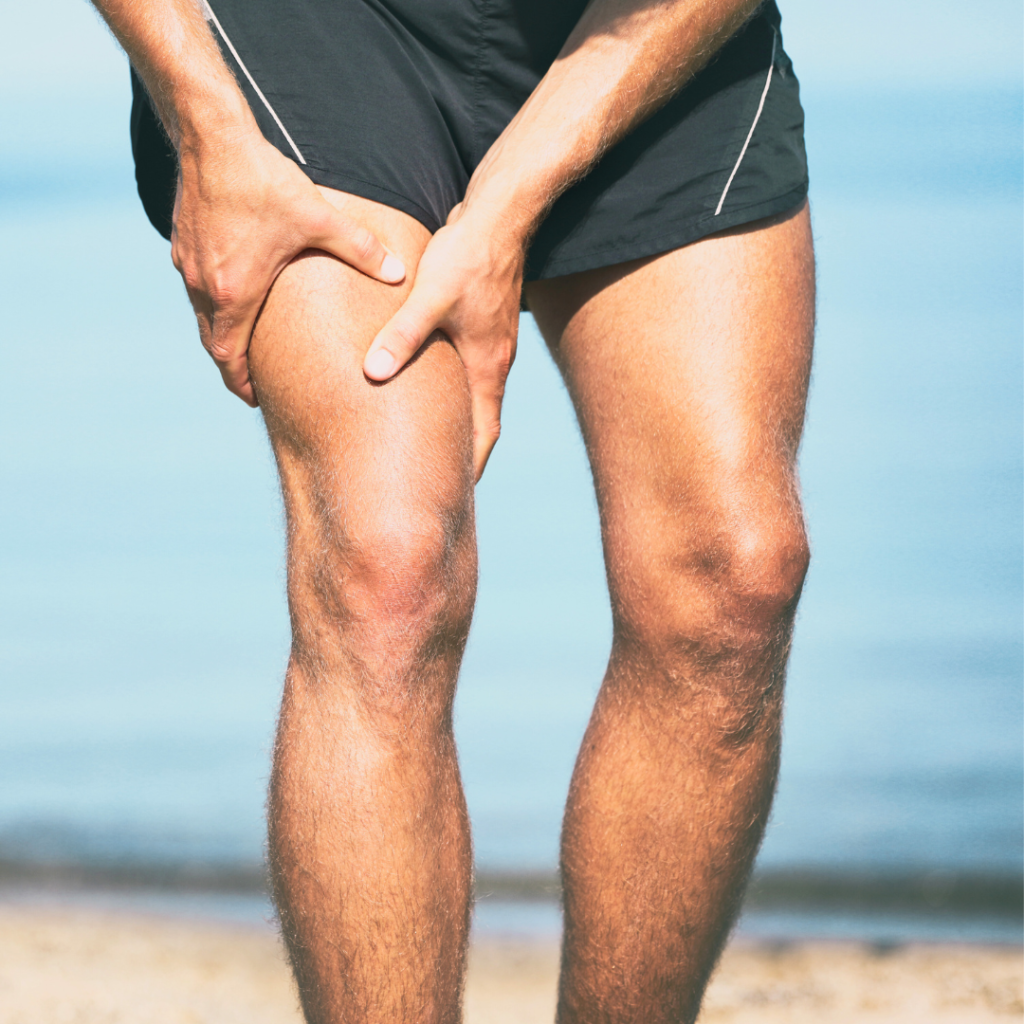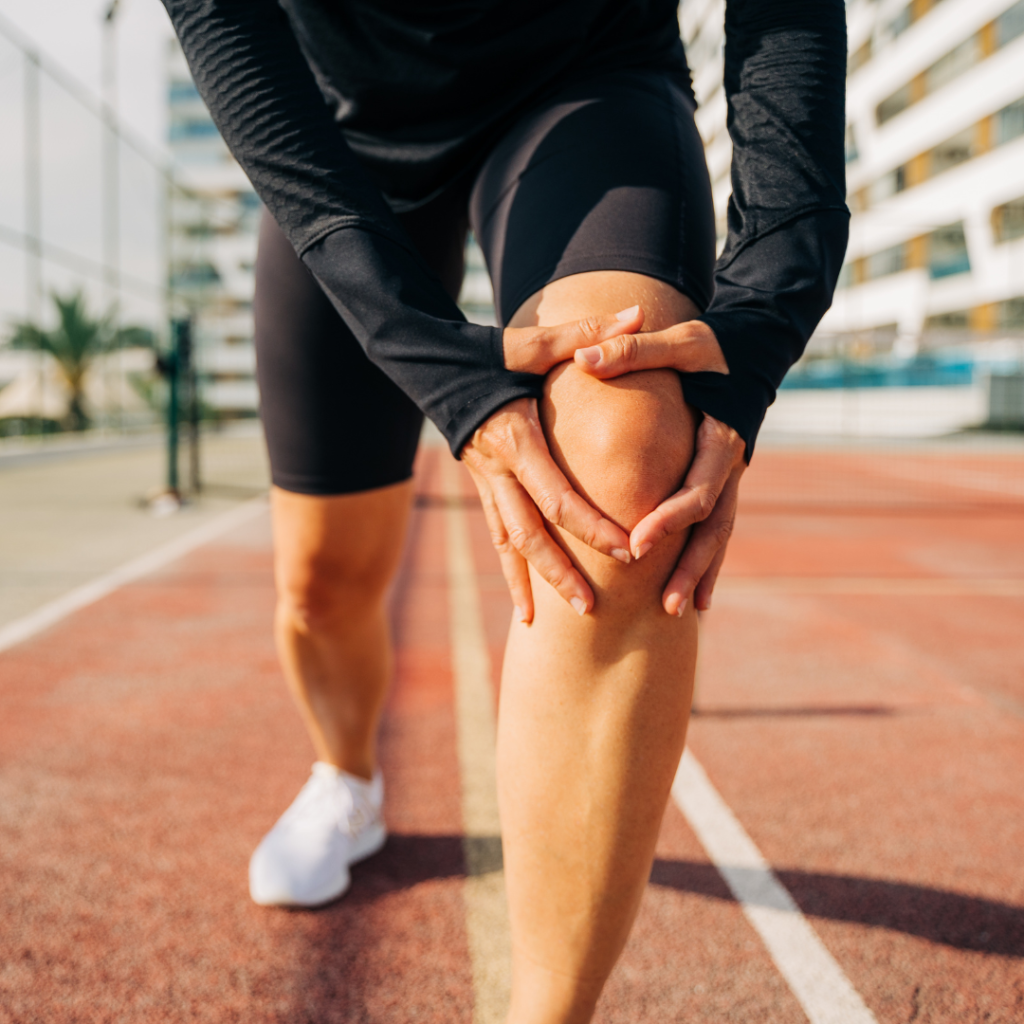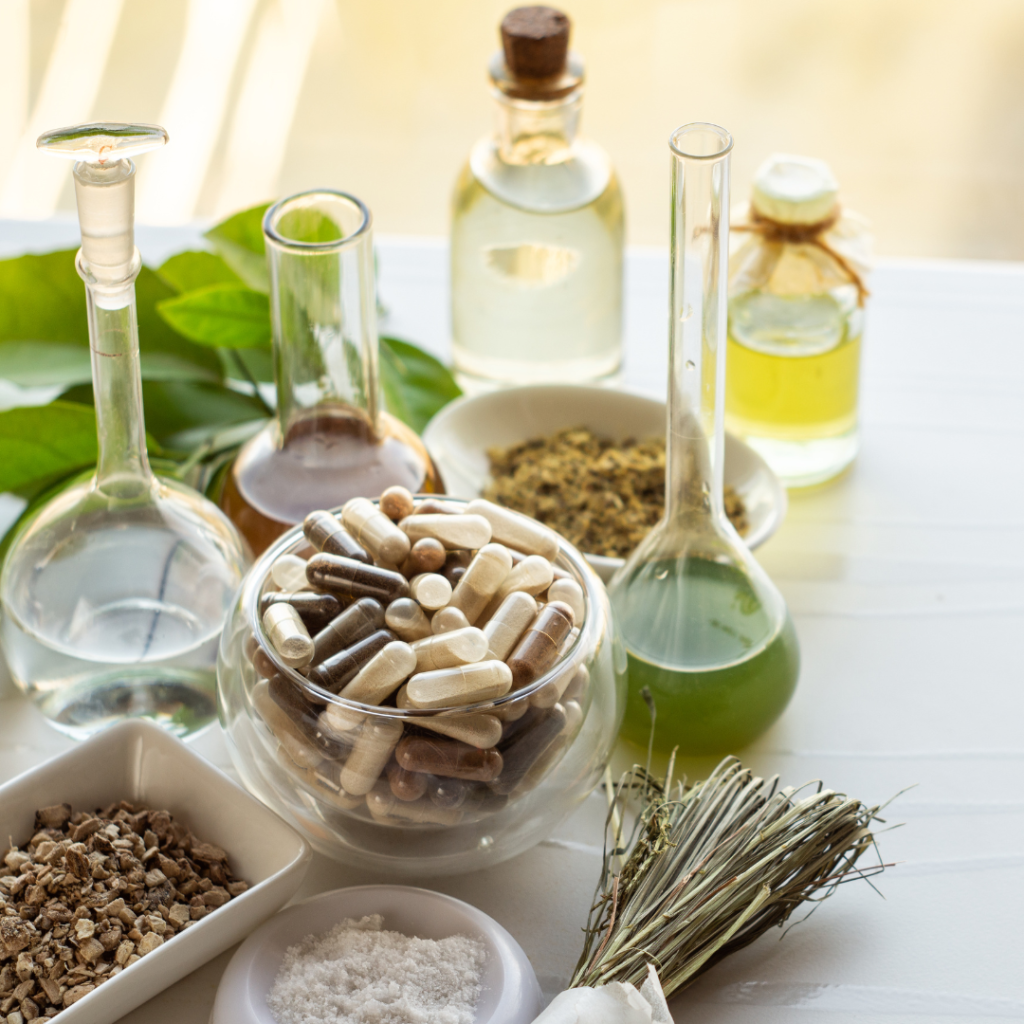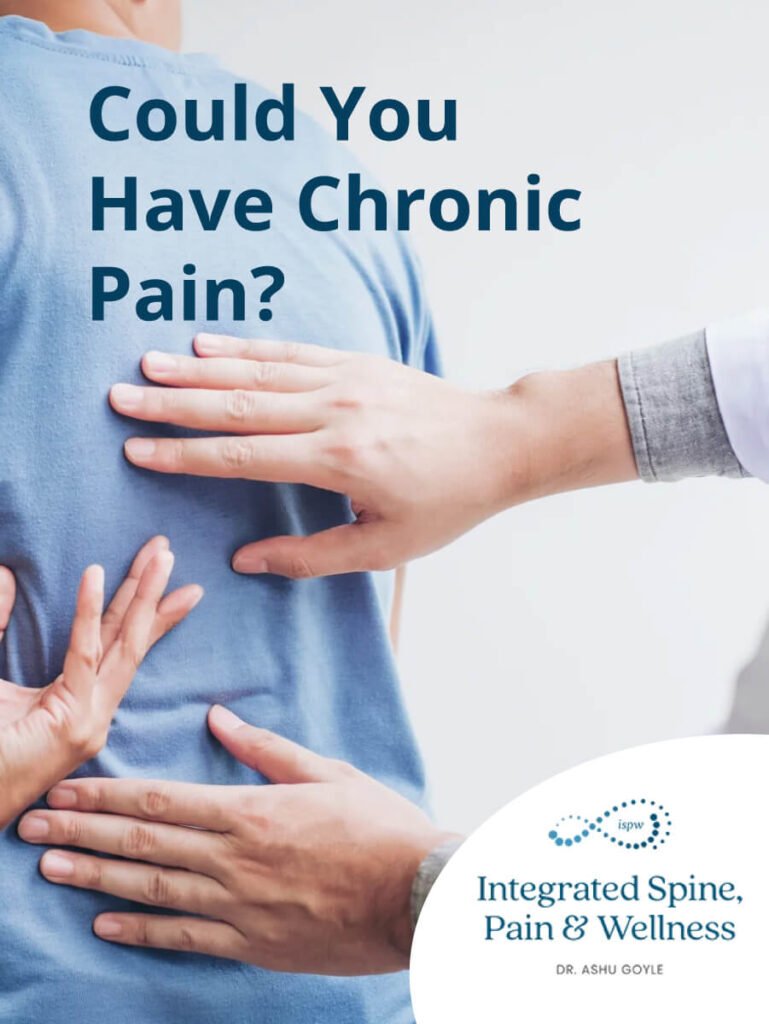Living in Arizona, Golf and Tennis are among the most popular recreational sports people play in the valley. With gorgeous courses and tennis clubs located throughout Scottsdale and Phoenix, it’s no wonder that people flock to these two sports to stay active and enjoy life.
People who are avid golf and tennis players may develop a condition called Golfer’s or Tennis elbow that starts in the elbow and can be felt down the forearm. Both conditions can feel similar but cause pain in different arm areas. When this pain is felt, it can prevent you from playing the game you know and love.
In this post, I will go over what Golfer’s and Tennis elbow is and what you can do to help heal it so you can get back to the course and improve your game.
What are Golfer’s and Tennis Elbow?
Golfer’s Elbow- This is a condition where a person may experience pain from the bony part on the inside of the elbow down the forearm. The pain can be felt from the forearm down to the wrist.
Symptoms include:
- Tenderness along the inside of the elbow and forearm, down to the wrist.
- Numbness radiates down the forearm and can also cause a tingling sensation in the fingers.
- Weakness in your grasp.
- Stiffness makes it hard and painful to grasp the club or any item fully.
Tennis Elbow- is a condition where the pain is felt on the outside of the elbow and radiates down the outside of the forearm. This pain may also be felt down to your wrist.
Symptoms include:
- Pain when turning a knob on a door.
- Trouble holding a cup or other objects.
- Weakness and pain when shaking someone’s hand.
Causes
Both tennis and golfer’s elbow are caused by repeated use and strain on the muscle. When you are a golfer or tennis player, and you are repeating movements over and over, it causes stress on the muscle being used and can cause pain, weakness, or injury over time. You don’t have to be a tennis player or golfer to experience this pain. Here are some other causes that can create pain in your forearm:
Repetitive occupational movements. These include carpentry, plumbing, construction, computer work, and clicking a mouse repeatedly throughout the day.
Racket sports. Playing sports like racquetball, badminton or pickleball can all cause the same type of pain or injury.
Weight lifting. Lifting heavy weights can cause an overload on muscles and tendons, especially if your form and technique aren’t proper.
Treatments
The good news is there are ways to treat and heal this pain to get you back to playing the sport you love.
Here are some treatments that I recommend to get you back in action.
- Rest. I can’t recommend this enough. When you start feeling pain in your arm that limits you from playing the game, this is your body’s way of telling you that it’s time to rest. It’s hard not to be impatient when you are away from doing the things you love, but it will only help you in the end and hopefully prevent further injury.
- Ice- Ice packs on the injured or tender area will help reduce inflammation. Doing this while resting will help with the healing process.
- Learning proper body mechanics- working with a coach or physical therapist to learn the proper techniques and body mechanics while playing golf or tennis will improve your game and may prevent injury. Good grip/grasp can reduce tension and the overuse of certain tendons allowing your muscles to recover properly.
- Regenerative Medicine- PRP Injections may help to reduce inflammation in your elbow and arm and support the tendon’s healing. Several patients have used this form of therapy to help heal and strengthen their injured ligaments. This treatment is used with a combination of rest and physical therapy.
Prevention
There is no way to prevent golfer’s or tennis elbow entirely, but there are things you can do to help keep your ligaments strong and healthy.
One way to do this is by stretching before and after you play. Stretching is so essential for the health of the muscles and ligaments. It helps to warm the muscles and keep them loose and limber while you’re playing. After a day of playing golf or tennis, end the day with an Epsom salt bath or soak for your forearm. Epsom salt helps to reduce muscle soreness and stiffness. It relaxes the muscles to aid in proper recovery.
Finally
Golfer’s and tennis elbow is relatively common and may be expected if you’re an avid player. By taking proper care of your body, you may be able to avoid or reduce the risk of an injury. My goal as a medical provider is to give you the best tools necessary to keep you doing the things you love most. Always talk with your doctor to find out what pain you may be experiencing and the proper treatments available. A thorough exam is recommended to receive an appropriate diagnosis.
For any questions regarding tennis or golfer’s elbow, don’t hesitate to contact our office or email at hello@ispwscottsdale.com.
Here’s to good health and less pain,
Dr. Goyle


